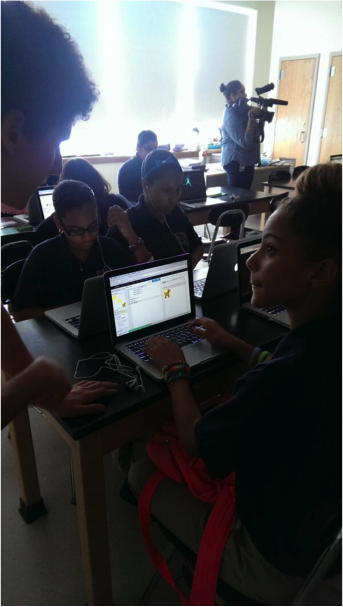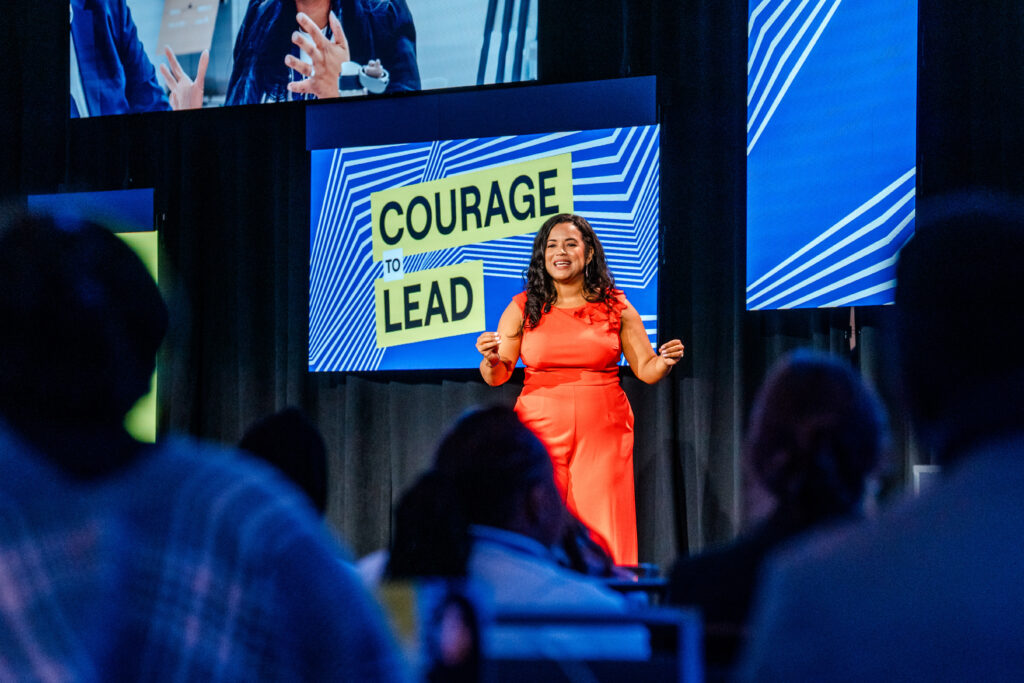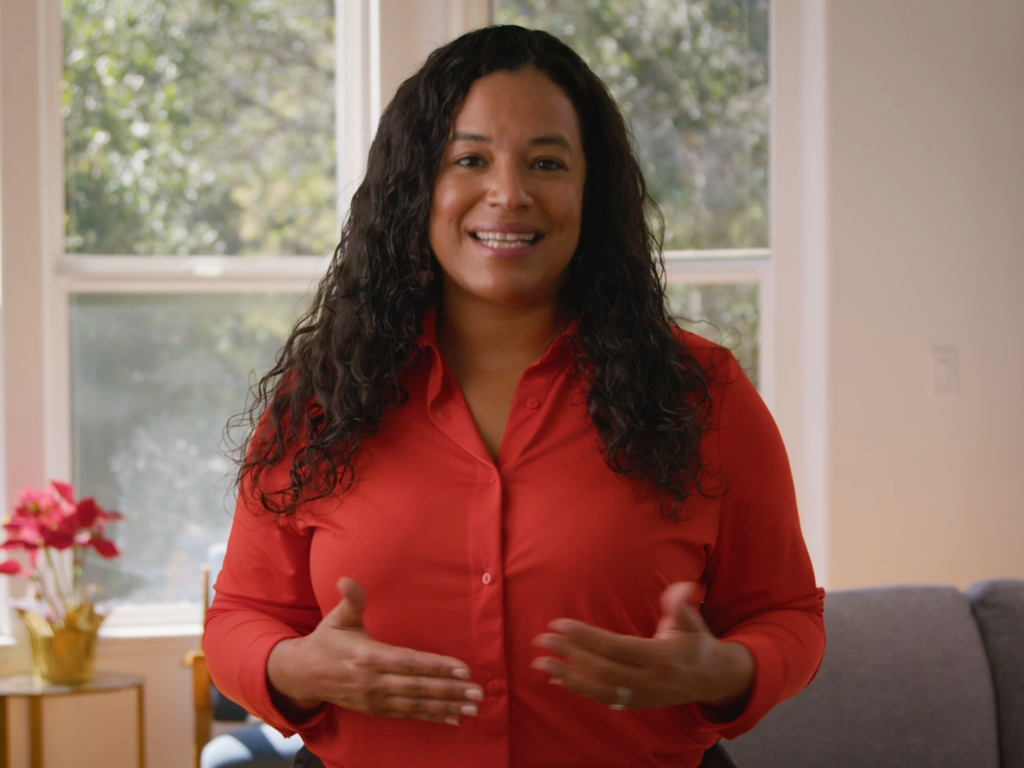In my last year at Stanford I took a class that made me wish I could start all over called CS 106a, Programming Methodology. I learned to code by guiding a robot icon through a grid, and eventually I programmed basic games like hangman and breakout (we even made a rudimentary social network!). I have two main takeaways from the course:

1. I gained a new understanding of the logic behind machines, those things that are slowly coming to run the world.
2. I met my teachers in person – Jeremy Keeshin and Zach Galant – and would later have the pleasure of welcoming them to the NewSchools Portfolio as co-founders of CodeHS
CodeHS joins the NewSchools Seed Fund portfolio as a prize for winning NBC’s 3rd Innovation Challenge (joining Class Dojo and NoRedInk – watch the coverage on the Today Show or Huffington Post).
Entrepreneurs Jeremy and Zach built CodeHS based on the introductory curriculum at Stanford where they taught students and trained TA’s for 3 years, reaching over 80% of the student body. With over 40,000 students on the platform they built in under a year, I can’t wait to see them reach 80% of the world.
But what makes CodeHS different than the 5 other coding companies you probably read about this week? Below are just a couple thoughts.
Teacher Support: With CodeHS training materials, any teacher can become a computer science (CS) teacher and start teaching a college level course from day one. CodeHS can be thought of as a curriculum in a box and enables teachers to spend their time helping students think through problems and debug mistakes rather than scribbling code on the board and explaining problems to the class. Given that only 10% of high schoolshave a CS program, teacher training and support is crucial
Teaches programmatic thought, not syntax: CodeHS doesn’t start by teaching you the tricky syntax of the hot language of the moment – it starts with the concept that giving instructions to a computer is like giving instructions to a dog. Using just four commands (move, turnLeft, putBall, and takeBall), CodeHS uses Karel the Dog to walk students through a series of logic puzzles that teaches them how to build functions and think.
Near-peer mentoring: Coding is hard, and at some point nearly everyone needs a concept explained to them by a human, not an algorithm. That’s why CodeHS has feedback from real mentors built right into their system. Moreover, one of the best ways to learn is to teach, and once students understand the lesson they’re working on, they can give feedback and support to others who need it.
You can read my other thoughts on why all students should learn to program here, but in his pitch at the Education Nation Summit last Tuesday I think Jeremy said it best: “Read, Write, Code.” As more of the world becomes automated, coding is a basic literacy skill. One million jobs will go unfilled in 2020 because we aren’t developing the foundations of programming in our youth.
You wouldn’t let your students graduate high school without being able to read and write, would you? Today, we can’t let them graduate without understanding how to code.

